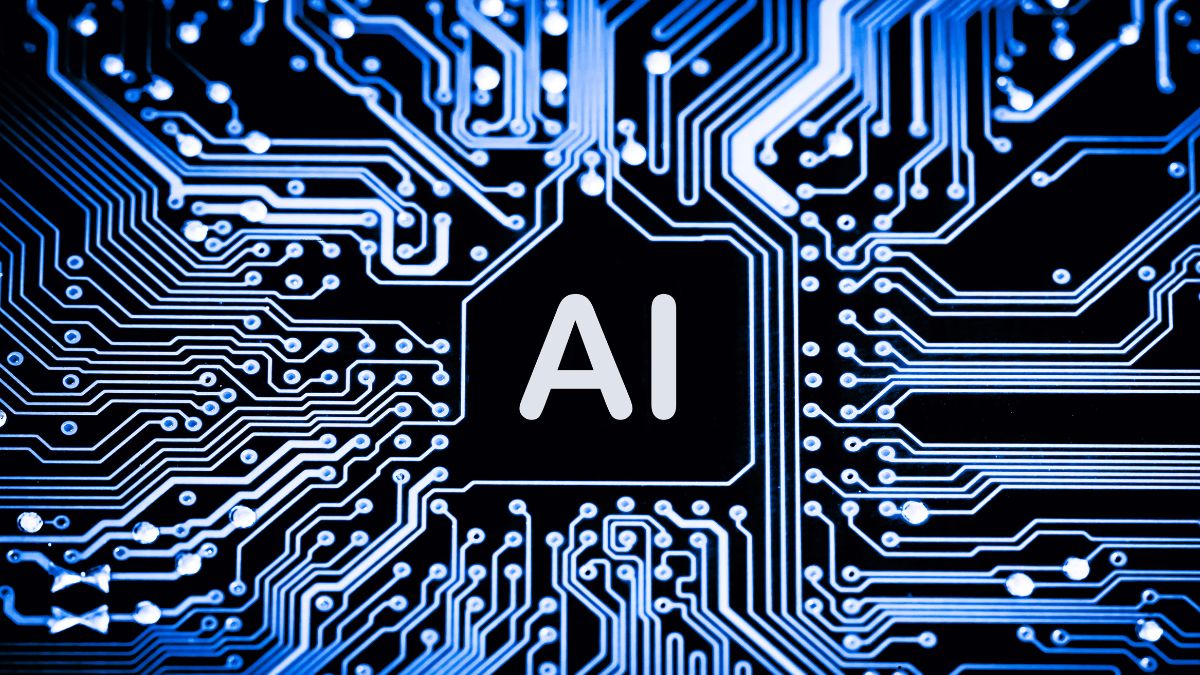Generative Artificial Intelligence: Picture a scenario where you input a sentence into your computer, and in mere moments, it responds with a poem, a captivating short story, or even a unique musical composition. Just a few years ago, such a concept might have seemed to belong to the realm of science fiction. However, in today’s landscape, this is merely a typical day in the domain of Generative AI.
In contrast to traditional AI, which primarily focuses on analyzing data and making forecasts, generative AI elevates the game by actually creating new content. Whether it’s assisting students in crafting essays or generating stunning visuals akin to those seen in blockbuster films, this cutting-edge technology is transforming the dynamics of human-machine interaction.
A fascinating aspect of Generative AI is its remarkable evolution since the 1960s when the earliest artificial intelligence programs could barely string together a few coherent sentences. Fast forward to today, and we now have sophisticated tools capable of composing entire novels, generating lifelike images, and even replicating human voices with such precision that distinguishing them from real voices can be challenging.
Understanding Generative AI
Generative AI is a specialized subset of artificial intelligence that excels at creating original content by analyzing patterns derived from existing datasets. Instead of merely stating that an image depicts a dog, this form of AI can conjure an entirely new representation of a dog that has never been seen before. Likewise, rather than just forecasting the next word in a sentence, it is capable of crafting unique paragraphs, composing songs, or even producing video clips from scratch.
Essentially, it acts like a digital creative collaborator. Having consumed vast amounts of data, including books, images, and sounds, it leverages this knowledge to produce something distinct with each interaction.
For more insights, check out: AI Term Decoded: Understanding Artificial Intelligence – its Definition, Types, History, and Applications
The Significance of ChatGPT as Generative AI
When discussions about generative AI arise, ChatGPT is often one of the first names that springs to mind. The rationale behind this is straightforward: ChatGPT doesn’t simply retrieve pre-existing answers from a database; it generates fresh responses in real-time. Whenever you pose a question, ChatGPT taps into its extensive training data to predict the most suitable arrangement of words for a coherent and relevant reply.
This dynamic nature ensures that no two interactions are identical. You might inquire about the same topic twice, and each time, ChatGPT will articulate its answers in different ways. This inventive capability is what distinguishes ChatGPT as a quintessential example of generative AI.
Distinguishing Generative AI from Traditional AI
The most effective way to grasp the distinction between these two types of AI is to look at their functions. Traditional AI can be likened to a sophisticated calculator; it processes data, identifies patterns, and makes educated guesses. For instance, applications like Google Maps utilize AI to recommend the quickest routes based on real-time traffic conditions.
Conversely, generative AI resembles a digital artist. Instead of merely analyzing data, it produces novel creations. If prompted to devise a futuristic outfit, it can generate a brand-new fashion design. Likewise, if you request a bedtime story, it can create one on the spot. While both are classified under artificial intelligence, generative AI broadens the horizons of creativity.
Practical Applications of Generative AI
The use cases for generative AI are vast and often operate in ways that go unnoticed. In the educational sector, it plays a crucial role in developing tailored study resources. In the field of healthcare, it aids researchers in accelerating the discovery of new medications. The entertainment industry employs it for scriptwriting, music production, and even the creation of special effects in films. Moreover, businesses harness its potential for marketing, enhancing customer service, and designing products.
In essence, generative AI is not merely a concept for the future; it is already an integral part of our everyday existence.
Test your knowledge with these trivia questions; answers are provided at the end:
1. In which decade did the earliest generative AI models emerge?
1950s
1990s
1960s
2000s
Answer: 1960s.
2. Which organization is responsible for the development of ChatGPT?
Google
Meta
Microsoft
OpenAI
Answer: OpenAI.
3. Is generative AI limited to just text, or can it also produce images, audio, and video?
Only text, as that is the format of its training data.
Text and static images only.
Text, images, and audio, but not video.
Text, images, audio, and video.
Answer: It can generate all of the above: text, images, audio, and video.
For further exploration, check out: What is a Large Language Model? A Comprehensive Overview of its Definition, History, and Examples.
Final Thoughts
Generative AI stands out as one of the most remarkable innovations of our era. By merging intelligence with creativity, it enables machines to transcend simple computational tasks and evolve into engaged partners in the creative process. Its effects are already evident across various spheres, from educational environments to corporate offices, and from creative studios to research laboratories.
















